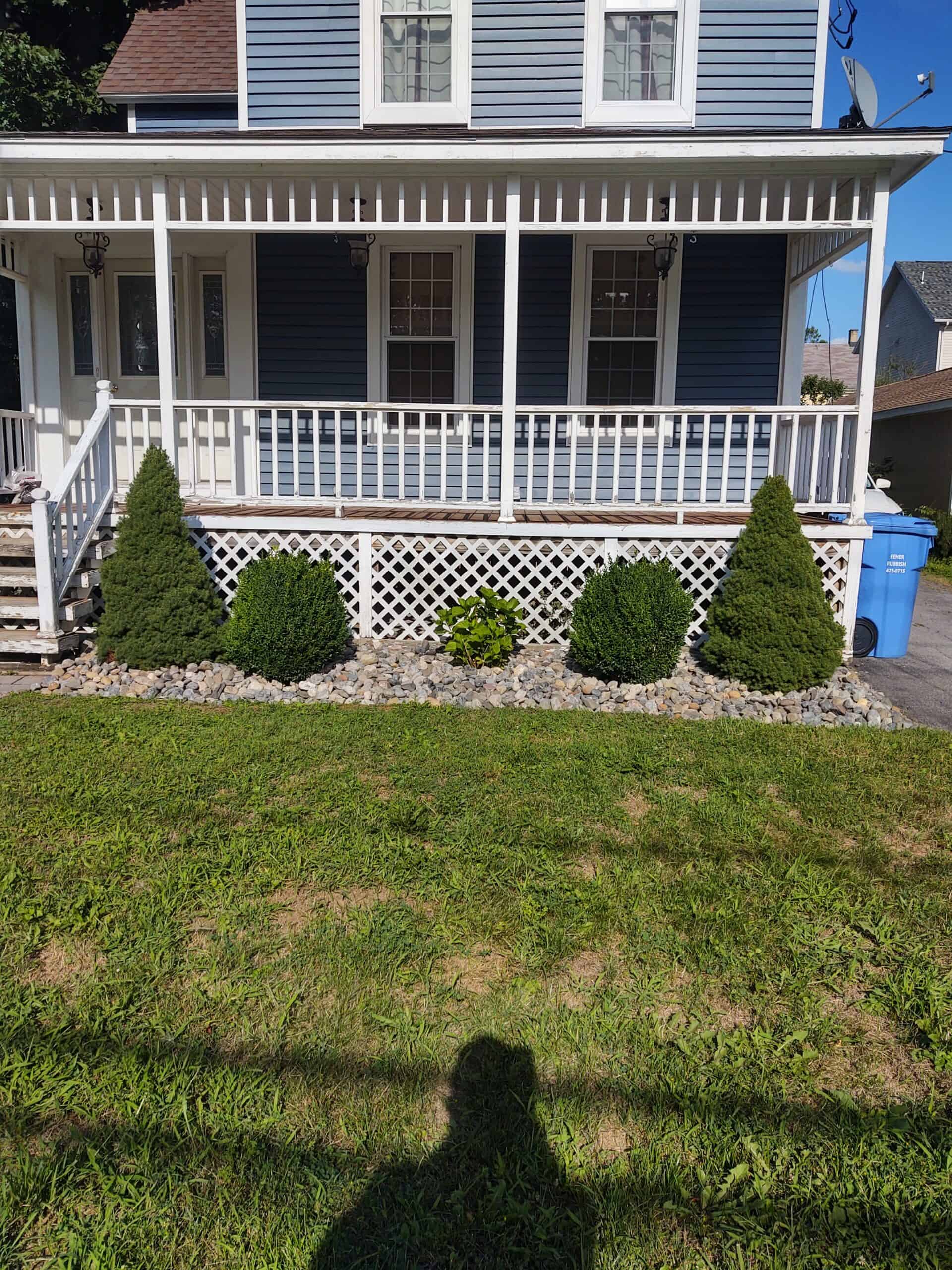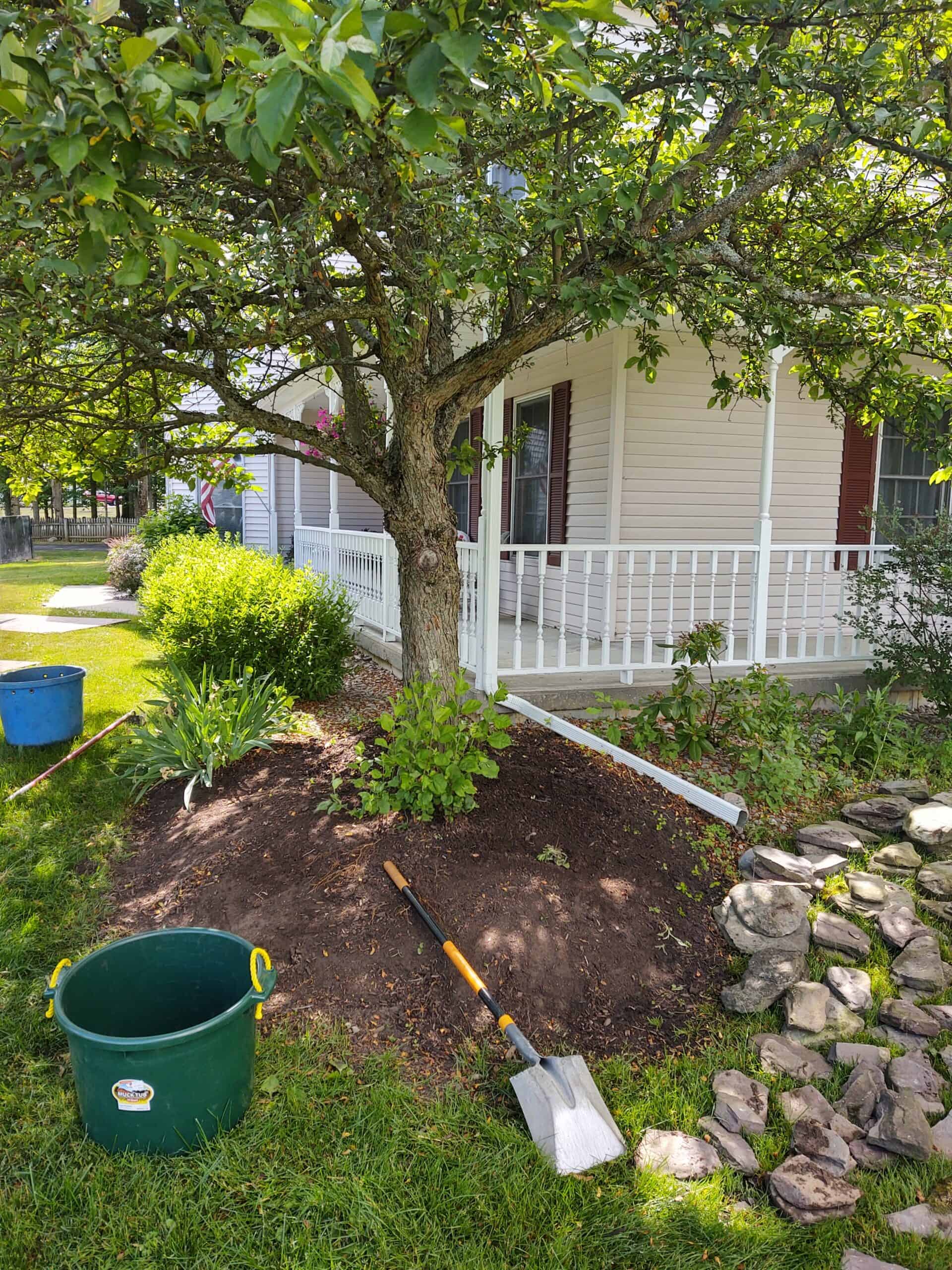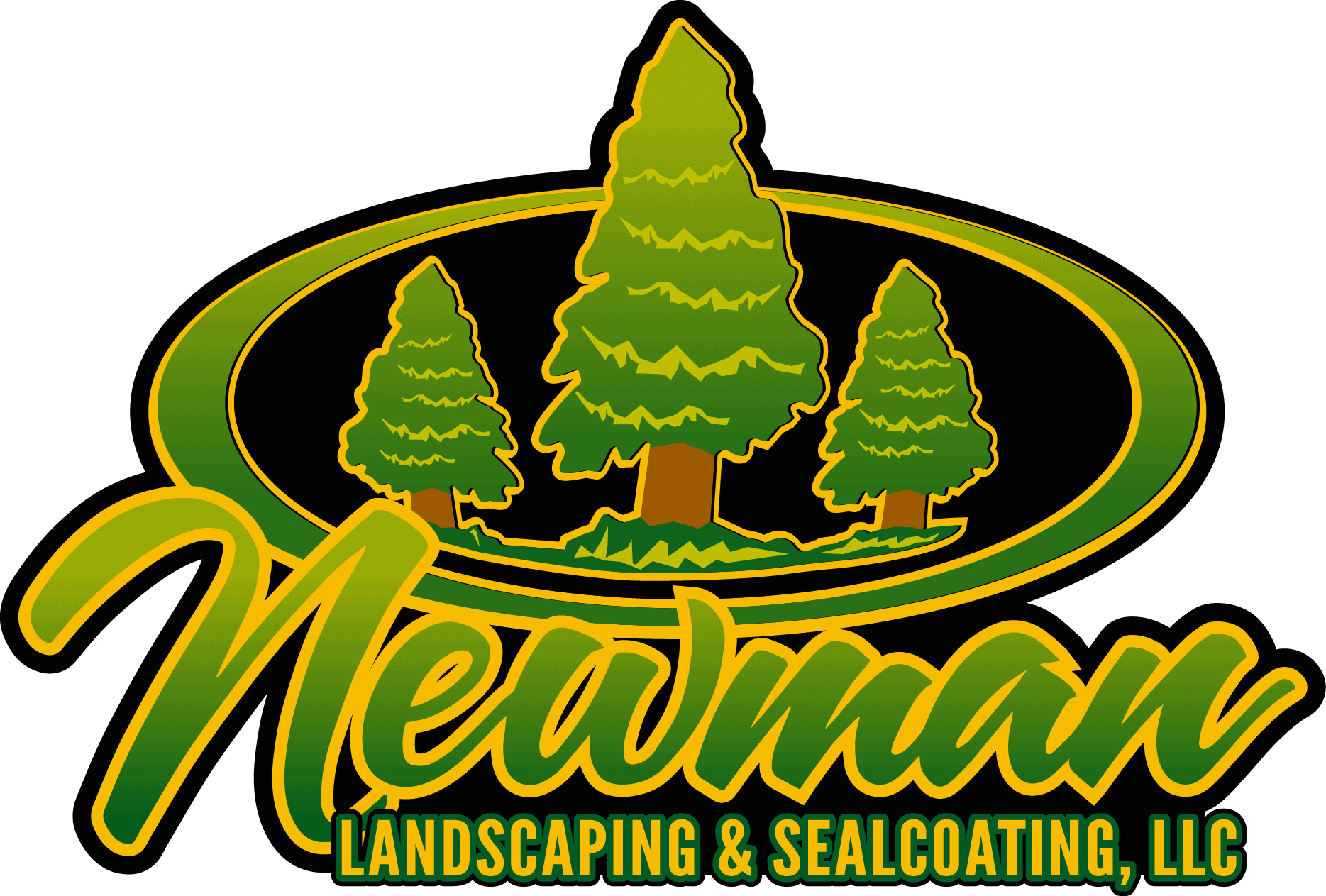Landscapes in Art: How to Create an Artistic Outdoor Background
Landscapes have been a captivating subject in art for centuries. they offer artists endless inspiration and opportunities for creative expression. Whether capturing the tranquility of a rural scene or the majesty of a mountain range, the portrayal of outdoor environments adds depth and atmosphere to artworks.
Let's explore how to create artistic outdoor backgrounds that enhance the visual impact of your art without additional lawn maintenance.
 Understanding Composition and Perspective in Landscapes
Effective composition and perspective are essential elements in creating compelling outdoor backgrounds. Begin by considering the overall composition of your art. Think about how the landscape interacts with other elements, such as figures or structures.
Use techniques like the rule of thirds to balance the elements within landscapes and create visual interest. Or, consider the vanishing point and horizon line to create a sense of depth and space within your property.
You can also utilize atmospheric perspective by softening distant elements and intensifying colors and details in the foreground to convey spatial distance effectively. Pay attention to scale and proportion, though, to ensure that objects within landscapes appear realistic and coherent in relation to one another.
Mastering Techniques for Rendering Natural Elements
The best way to bring your outdoor background to life is to master techniques for rendering natural elements. So, experiment with various mediums such as oil paints, watercolors, and digital tools to find one that suits your artistic vision. Then, study the textures and characteristics of different landscapes to determine how delicate textures and intricacies interact.
Focus on capturing the play of light and shadow across different landscapes, noting how it can dramatically enhance the mood and change the atmosphere. Use techniques like stippling, hatching, or blending to create depth and dimension in your compositions.
TIP: Create landscapes that provide subtle nuances of color and tone, then use a diverse palette to evoke the vibrancy and diversity of nature.
Understanding Composition and Perspective in Landscapes
Effective composition and perspective are essential elements in creating compelling outdoor backgrounds. Begin by considering the overall composition of your art. Think about how the landscape interacts with other elements, such as figures or structures.
Use techniques like the rule of thirds to balance the elements within landscapes and create visual interest. Or, consider the vanishing point and horizon line to create a sense of depth and space within your property.
You can also utilize atmospheric perspective by softening distant elements and intensifying colors and details in the foreground to convey spatial distance effectively. Pay attention to scale and proportion, though, to ensure that objects within landscapes appear realistic and coherent in relation to one another.
Mastering Techniques for Rendering Natural Elements
The best way to bring your outdoor background to life is to master techniques for rendering natural elements. So, experiment with various mediums such as oil paints, watercolors, and digital tools to find one that suits your artistic vision. Then, study the textures and characteristics of different landscapes to determine how delicate textures and intricacies interact.
Focus on capturing the play of light and shadow across different landscapes, noting how it can dramatically enhance the mood and change the atmosphere. Use techniques like stippling, hatching, or blending to create depth and dimension in your compositions.
TIP: Create landscapes that provide subtle nuances of color and tone, then use a diverse palette to evoke the vibrancy and diversity of nature.
 Bringing Emotion and Narrative to Landscapes
Beyond technical proficiency, infusing your outdoor background with emotion and narrative adds depth and resonance to your artwork. Here are some tips to help:
Bringing Emotion and Narrative to Landscapes
Beyond technical proficiency, infusing your outdoor background with emotion and narrative adds depth and resonance to your artwork. Here are some tips to help:
- Consider the mood and atmosphere you wish to convey.
- Draw inspiration from the emotional impact of the landscaping itself.
- Explore storytelling elements within your outdoor living space.
- Integrate hardscaping elements that hint at a larger narrative or evoke a sense of wonder and intrigue.
